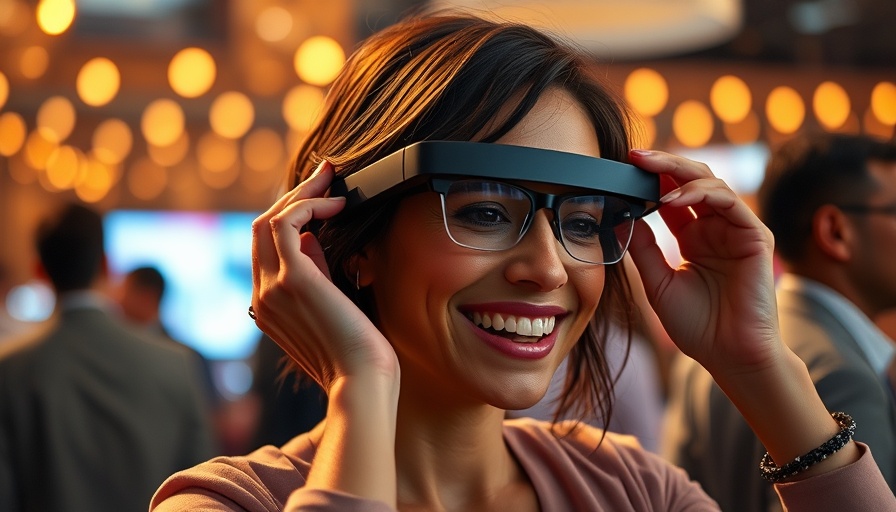
The Return of an Icon: Google Glass Reimagined
Remember the buzz and subsequent backlash surrounding the first iteration of Google Glass? Dubbed as the "glasshole" phenomenon, it was a product that ignited debate over privacy, utility, and aesthetics. Fast forward to 2025, and Google is making a bold comeback in the realm of augmented reality with their new Android XR glasses, which promise an improved design and more practical functionality.
A Fresh Take on Augmented Reality
The new Android XR glasses bear a striking resemblance to conventional eyewear, a stark contrast to their bulky predecessors that many found unappealing. This change is part of a broader strategy to integrate technology into daily life without attracting undue attention. The sleek design is intended for everyday use, from navigating city streets to enhancing productivity at work.
AI-Powered Features: A Game Changer?
Expectations are high as Google incorporates advanced AI functionalities into these smart glasses. With developments in AI technology, users can anticipate features ranging from real-time translation to navigating their environment through augmented reality overlays. All these enhancements hint at a world where technology becomes an invisible aid in our daily activities.
The Importance of User-Friendly Design
One of the main takeaways from the previous failure of Google Glass was the need for user-centric design. The Android XR glasses reportedly address this concern, promoting ease of use alongside aesthetic appeal. This means a more intuitive interface and a more comfortable fit for users, encouraging widespread adoption.
Learning from the Past: Community Reactions
Though the reboot has generated excitement within the tech community, many remain skeptical. Previous users share mixed feelings about privacy concerns and network dependency. Technology critics weigh in, discussing whether the market is ready for another foray into smart eyewear. What lessons has Google learned from its past? And will consumer perceptions change?
The Future of Smart Glasses: What Lies Ahead?
The landscape of wearable technology is evolving rapidly, and Google’s re-entry could reignite interest in smart glasses as a mainstream product. The proliferation of AR applications and further innovations from competitors could complicate or enhance Google’s journey. Analysts are keen to watch how consumers embrace these advancements and how they vie for dominance in this tech arena.
Where to Get More Info and Stay Updated
For those intrigued by the latest tech developments, opportunities abound across various tech news platforms. Keeping an eye on updates regarding Google Glass's functionalities, competitive responses, and consumer feedback will be crucial as we move forward into this new phase of wearable technology.
Call to Action
If you’re passionate about technology and its practical applications in daily life, keep an eye on Google’s Android XR glasses as they hit the market. They could well be the beginning of a new chapter in augmented reality. Whether you’re a tech enthusiast or just curious about how gadgets will shape our future, staying informed through credible tech news sources will help you navigate this exciting landscape.
 Add Row
Add Row  Add
Add 



Write A Comment